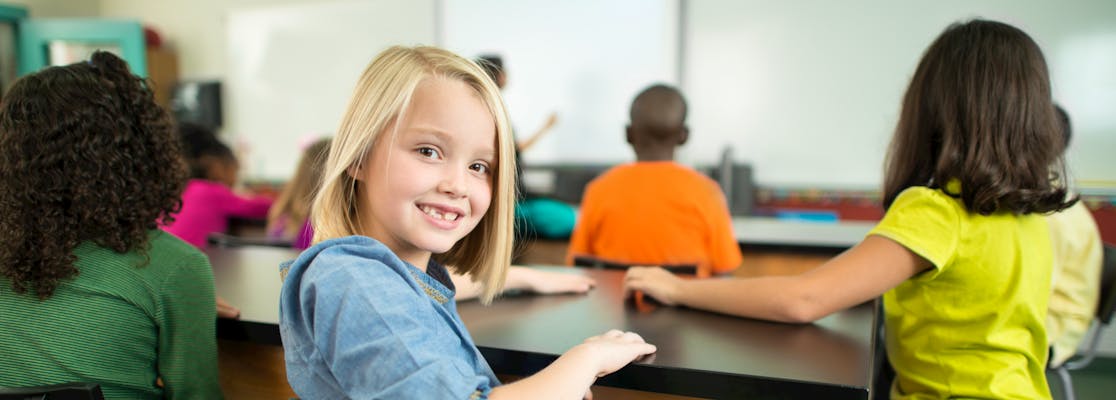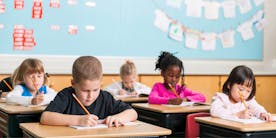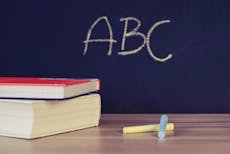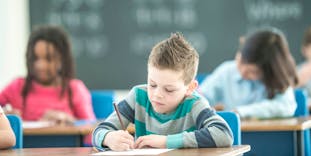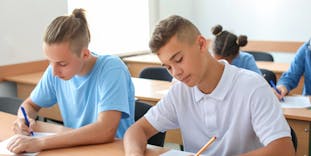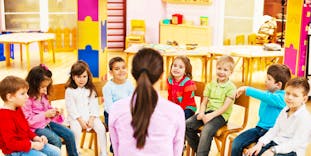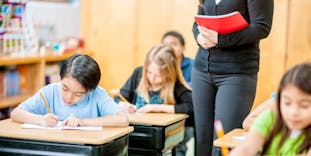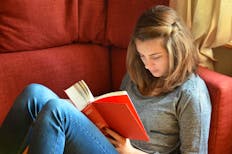A Study Guide for the MAP Test 2nd Grade & Tips (2024 Updated)
All products and services featured are independently selected by WikiJob. When you register or purchase through links on this page, we may earn a commission.
The NWEA MAP (Measures of Academic Progress) test is a computer-adaptive assessment tool that evaluates students' academic growth in various subjects over time, providing educators with insights to tailor instruction to individual learning needs.
The NWEA MAP test 2nd grade measures reading, language and mathematical abilities and is helpful in identifying areas that need additional support and those students eligible for gifted and talented programs.
It includes multiple choice and other types of questions.
For more information on how the MAP test is scored, see our dedicated article.
More information on each specific NWEA MAP test level can be found in our dedicated articles:
- Kindergarten MAP Growth Practice
- 3rd Grade MAP Growth Practice
- 4th Grade MAP Growth Practice
- 6th Grade MAP Growth Practice
- 7th Grade MAP Growth Practice
What Is the MAP Test 2nd Grade?
The NWEA 2nd grade MAP test is a computer-adaptive test measuring students’ academic performance in grades 2 to 5.
It assesses math, language and reading skills and is an excellent tool for understanding your child’s current academic level.
The test is typically taken three times a year, once at the beginning of the year, to benchmark your child’s current academic level.
Again, in the winter, to measure their progress. Finally, at the end of the school year where the 2nd grade spring MAP scores demonstrate academic growth throughout the year.
The MAP test evaluates what your child already knows and which areas they need additional support with.
The 2nd grade MAP test scores can also be used as a way to identify those students suitable for gifted and talented programs.
The adaptive nature of the test means your child only receives questions they can answer. For example, if a student gets an answer correct, the next question is more challenging.
If they get it wrong, the question becomes easier.
Not only does this give students the confidence to finish the test, but it also allows teachers to see who is performing above, below and in line with their grades.
While the MAP is nothing to worry about, this will be the first year your child sits this particular paper, so working through a 2nd grade NWEA practice test is recommended.
Take a 2nd Grade MAP Practice Test on TestPrep-Online
Overview of the Three MAP Test 2nd Grade Sections
There are three sections in the MAP testing 2nd grade:
- Reading
- Math
- Language
Most schools administer all three, but it is not mandatory. There is also a science section which is rarely used.
It’s best to check with your child’s teacher which sections they are sitting in before starting any preparation.
MAP Reading Test for Grade 2
This MAP test for 2nd grade assesses your child’s skills in reading comprehension, vocabulary and writing.
The test has around 43 questions and should take a maximum of 60 minutes to complete. However, the test is not timed, so if your child does need additional time, that’s allowed.
MAP Math Test for Grade 2
This sub-test assesses your child’s skills in:
- Algebraic thinking
- Computation and problem-solving
- Fractions
- Measurement and data
- Geometry
The adaptive test has up to 53 questions. The test is untimed but should take about 60 minutes to complete.
MAP Language for Grade 2
The language usage test covers grammar, mechanics, usage and the writing process.
There are up to 53 questions. Your child should complete the test in about 60 minutes.
Example Questions for the Map Test 2nd Grade (2024)
Below are some example questions to help with your MAP test practice 2nd grade.
They are not from past papers, nor are they likely to appear on your child’s test in the future. These questions are also not affiliated with NWEA.
There are also plenty of additional MAP test 2nd grade questions on TestPrep-Online.
Take a Practice Test Now on TestPrep-Online
1. Samantha has 20 cupcakes, and her brother has 30 cupcakes.
How many cupcakes are there altogether?
a) 40
b) 50
c) 70
d) 10
2. How many sides does this cube have?
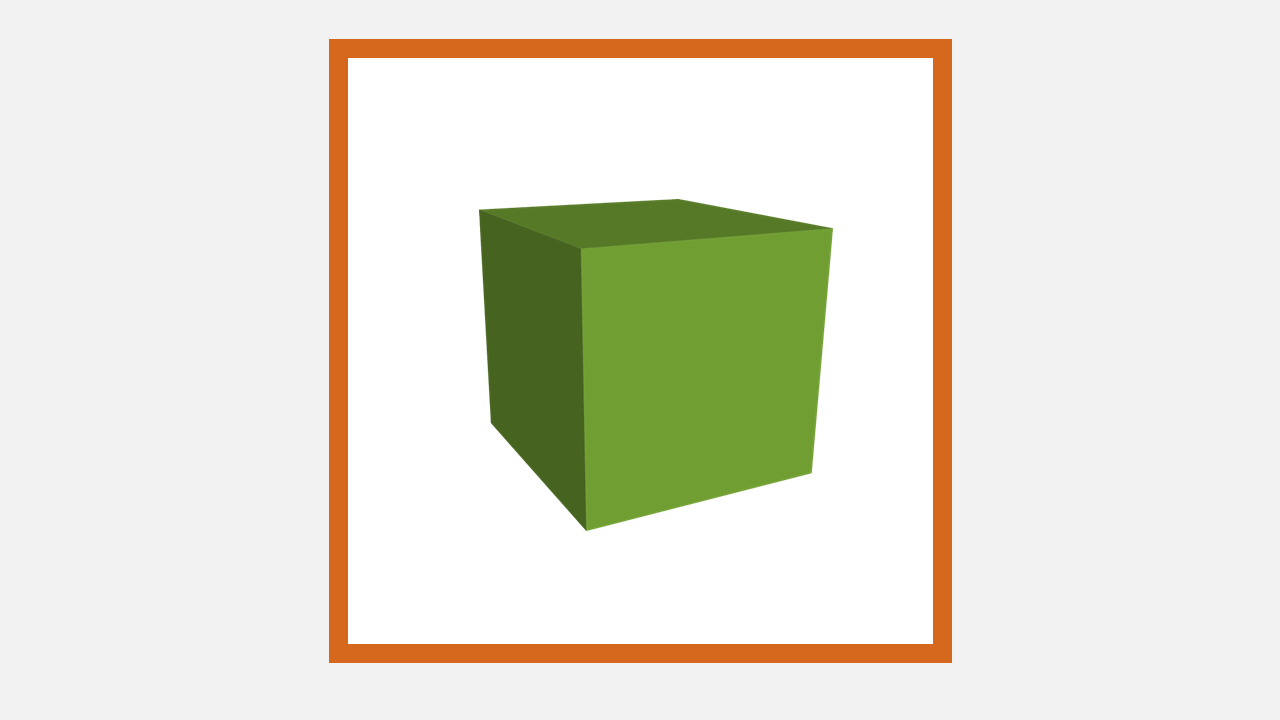
a) 6
b) 4
c) 2
d) 3
3. What is the missing number in this sum?’_
6 + ? = 11
a) 10
b) 4
c) 5
d) 6
1. Read the passage below.
’I walk the same route to school every day. I pass the ice cream shop, Post Office, library and fire station. But today, I had to walk a diffrent way because of some work being carried out on the road’.
Which word is spelt wrong?
a) route
b) library
c) diffrent
d) carried
2. Which sentence uses all the words below?
ice cream | chocolate | favorite | strawberry
a) My favorite ice cream is chocolate
b) Chocolate and strawberry are my favorite
c) Strawberry is my favorite ice cream
d) My favorite ice cream is strawberry, then chocolate
1. Which word fits the sentence?
Can I be ________ friend?_
a) Youre
b) You’re
c) Your
d) Yous
2. Complete the sentence:
Please can you find me a few more ___________
a) slices of bread
b) bread
c) slice of bread
d) slices of breads
For the TestPrepOnline Articles, the Copy with the Affiliate link:
Family Package: If you want 12-month access to all the practice resources for this test, our partner TestPrep-Online.com offers a Family Membership.
Family Membership gives you access to all the TestPrep-Online resources for the next 12 months. You will also get two separate accounts, which can be very helpful if you have two children preparing for their tests.
Get a Family Membership with 12-month access

How to Help Children Prepare for the Map Test 2nd Grade in 2024
Helping a young child prepare for the 2nd grade MAP skills isn’t easy, especially when it is their first time sitting this version.
But there are activities you can do to help your child feel more confident.
Step 1. Make the Learning Fun
Step 2. Develop Their Critical Thinking Skills
Asking your child why they came to the conclusion they did will help develop their communication and reasoning skills.
For example, once your child finishes reading something, ask them questions about the passage – where it took place, which the main characters are, what the purpose was – and ask them to give examples and explain why they think what they do.
Step 3. Familiarize Them With the Test Format
Using an NWEA practice test 2nd grade, sit down with your child and explain how the test will work and what they need to do.
They might not fully understand why it is being explained to them, but on test day, familiarity with what’s in front of them will help with their confidence.
MAP practice for test questions can improve the student’s grades.
Step 4. Check Their IT skills
Young children appear to have a natural infinity with technology, but double check your child knows how to use a computer, mouse and keyboard.
If you don’t have a computer at home, speak to your child’s teacher to see if they can show them how to use one.
Step 5. Take Online Practice Tests in a Testing Environment
Completing a 2nd grade MAP practice test under test conditions will help your child grasp how long they need to focus.
Start by working through tests without limitations and add time restrictions until your child can answer the questions in around 60 minutes.
The test is untimed, so in theory, your child can take as long as they need. But the expectation is an hour.
Step 6. Rest and Eat Well Before the Exam
Tiredness, dehydration and hunger all slow cognitive thinking and attention spans. Ensure your child sleeps well, drinks water and eats healthy foods, especially the night before the test.
Step 7. Don’t Pressure Your Child
We all want our children to succeed. But putting them under pressure and getting frustrated when they make mistakes will only turn them away from the learning process.
When working through the MAP test, 2nd grade questions highlight anything they do well and reward it, even if it is something small.
The more praise they receive, the more engaged they will be
Step 8. Invest in a Preparation Pack
There are plenty of free 2nd grade MAP test practice websites for you to find information and example questions. Take a look at TestPrep-Online for some great practice resources.
But if you feel you or your child need additional support, a paid package might be a good option.
Step 9. Identify Your Child’s Strengths and Weaknesses
The 2nd grade MAP scores clearly show what your child’s strengths and weaknesses are and how they develop throughout their schooling.
Spend more time working on their weaker areas to improve their overall performance.
There is no pass or fail in the MAP test (2nd grade). It is a test taken three times a year to track your child’s academic progress.
You can prepare for the 2nd grade MAP test on websites such as TestPrep-Online.
There is no failing score on the MAP test. If your child doesn’t complete the test, they can resit later in the year.
But it is important to remember that young children have good and bad days, and their performance on the day is not always a reflection of their academic understanding.
The purpose of the 2nd grade MAP test is to track your child’s performance throughout every school year.
The scoring method allows teachers to clearly see what areas your child excels in, where they need additional support, and how fast/slow they are developing.
You can get additional sample questions for the MAP test (2nd grade) from TestPrep-Online.
If your child cannot complete the test, there is the option to resit. However, as the test is taken so frequently, consider focusing on at-home study sessions and preparing your child for the next test.
There are 40 to 43 questions in the reading sub-test, 50 to 53 in language use and 47 to 53 in mathematics.
The MAP test is an aptitude test that measures your child’s language use, reading and math skills.
You can get a complete guide for the 2nd grade MAP test on TestPrep-Online.
Final Thoughts
The 2nd grade MAP test is a computer-adaptive test taken continuously throughout your child’s schooling. It is designed to track your child’s progress and identify those eligible for gifted and talented programs.
This test is not something your child should be stressed or worried about.
To help them prepare and perform their best, create a study schedule that includes lots of fun activities and praise them when they do something right.
To ensure continuous growth and success, make the study sessions a regular part of their day and adapt the practice questions to match their understanding.
